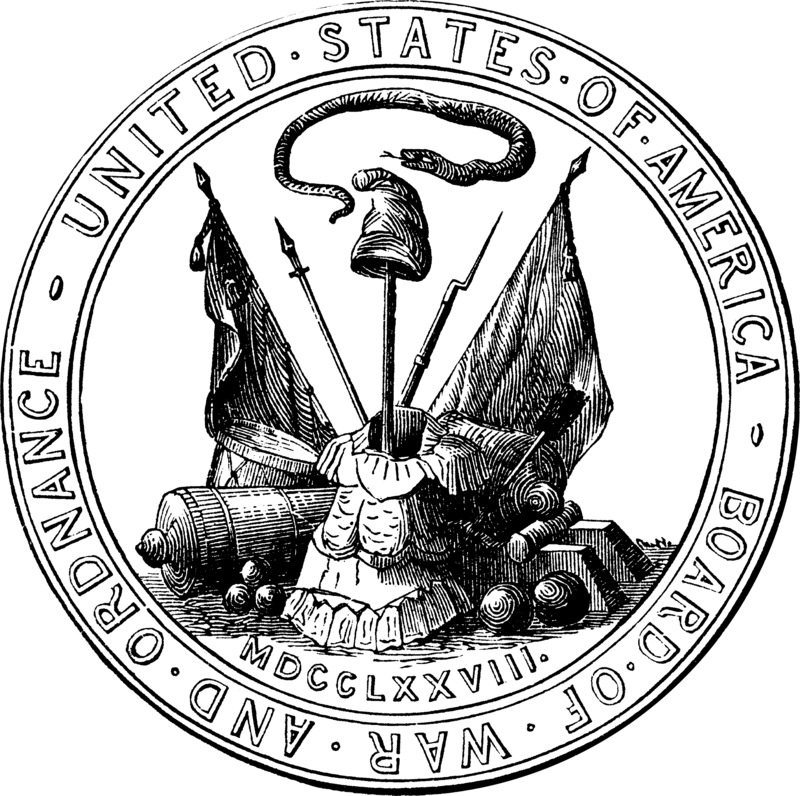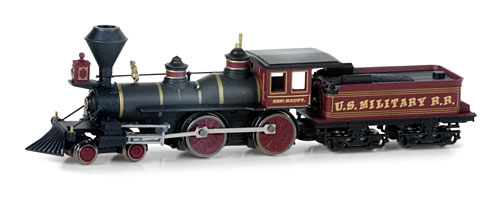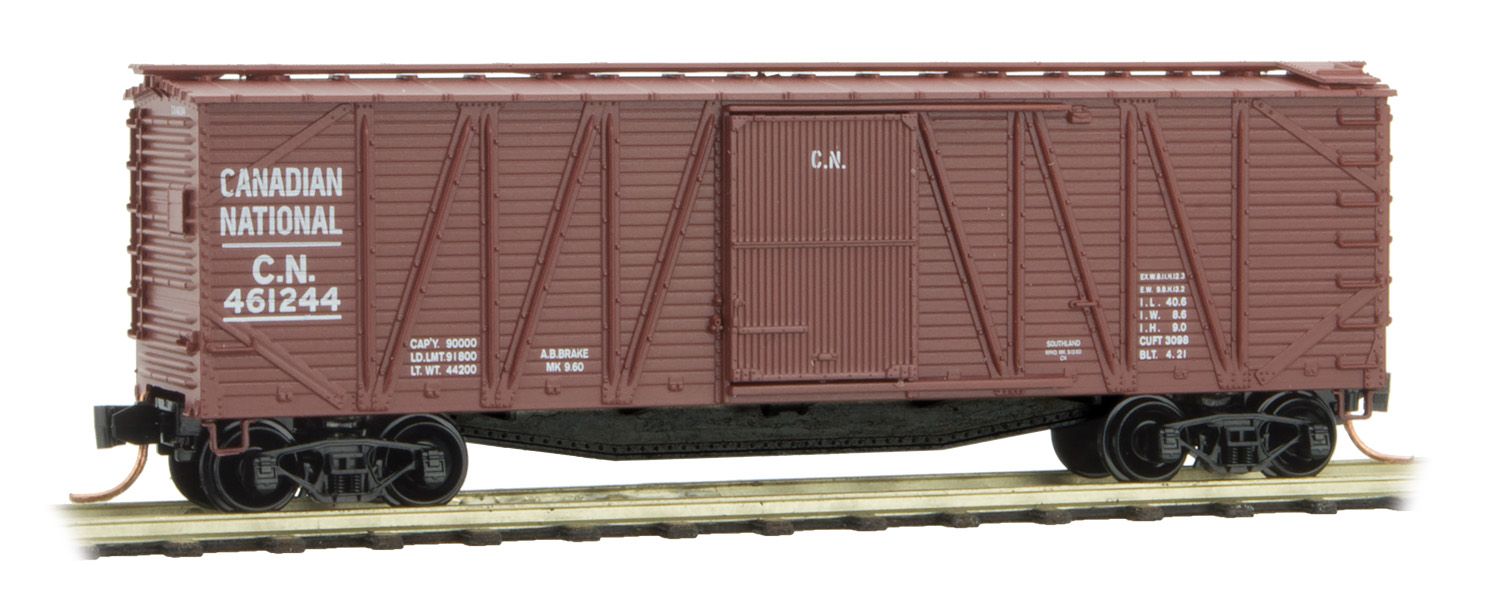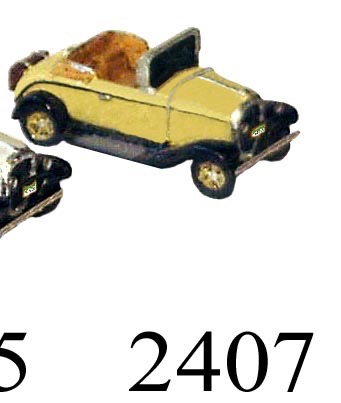Prototype History: Under the Whyte notation for the classification of steam locomotives by wheel arrangement, 4-4-0 represents the arrangement of four leading wheels on two axles, usually in a leading bogie, four powered and coupled driving wheels on two axles, and no trailing wheels. Almost every major railroad that operated in North America in the first half of the 19th century owned and operated locomotives of this type. Due to the large number of the type that were produced and used in the United States, the 4-4-0 is most commonly known as the American type, but the type subsequently also became popular in the United Kingdom, where large numbers were produced.
From Wikipedia
From Wikipedia
Road Name History:  The U.S. Military Railroad (USMRR) was established by the United States War Department as a separate agency to operate any rail lines seized by the government during the American Civil War. The United States Congress authorized President Abraham Lincoln to seize control of the railroads and telegraph for military use in January 1862. In practice, however, the USMRR restricted its authority to Southern rail lines captured in the course of the war. As a separate organization for rail transportation the USMRR is one of the predecessors of the modern United States Army Transportation Corps.
The U.S. Military Railroad (USMRR) was established by the United States War Department as a separate agency to operate any rail lines seized by the government during the American Civil War. The United States Congress authorized President Abraham Lincoln to seize control of the railroads and telegraph for military use in January 1862. In practice, however, the USMRR restricted its authority to Southern rail lines captured in the course of the war. As a separate organization for rail transportation the USMRR is one of the predecessors of the modern United States Army Transportation Corps.
The American Civil War was the first war where railroads were a significant factor in moving troops and supplying forces in the field. The United States Military Railroad organization was established to coordinate this new capability for the Union Army. The USMRR organization benefited from the appointment of experienced railroad men from the private sector. Thomas A. Scott, vice-president of the Pennsylvania Railroad (PRR), served as an Assistant Secretary of War during the period 1861 - 1862. In January 1862 Scott prepared a report on military transportation that anticipated the creation of the USMRR. Daniel C. McCallum, former general superintendent of the New York and Erie Railroad, was appointed as Military Director and Superintendent of U.S. Railroads. Herman Haupt, former chief engineer of the PRR, was appointed as Chief of Construction and Transportation in the Virginia theater. The departments in the USMRR tended to operate autonomously, although micromanagement from the Secretary of War and overlapping authority between departments did affect their operations. Over time the USMRR would buy, build or capture 419 locomotives and 6,330 cars beyond the rolling stock that was requisitioned from the various Northern railroads. When Col. McCallum was first appointed the USMRR system consisted only of 7 miles of the Washington and Alexandria Railroad; however, by war?s end the USMRR exercised control over a network of more than 2,000 miles of military railroads and captured Southern rail lines.

The American Civil War was the first war where railroads were a significant factor in moving troops and supplying forces in the field. The United States Military Railroad organization was established to coordinate this new capability for the Union Army. The USMRR organization benefited from the appointment of experienced railroad men from the private sector. Thomas A. Scott, vice-president of the Pennsylvania Railroad (PRR), served as an Assistant Secretary of War during the period 1861 - 1862. In January 1862 Scott prepared a report on military transportation that anticipated the creation of the USMRR. Daniel C. McCallum, former general superintendent of the New York and Erie Railroad, was appointed as Military Director and Superintendent of U.S. Railroads. Herman Haupt, former chief engineer of the PRR, was appointed as Chief of Construction and Transportation in the Virginia theater. The departments in the USMRR tended to operate autonomously, although micromanagement from the Secretary of War and overlapping authority between departments did affect their operations. Over time the USMRR would buy, build or capture 419 locomotives and 6,330 cars beyond the rolling stock that was requisitioned from the various Northern railroads. When Col. McCallum was first appointed the USMRR system consisted only of 7 miles of the Washington and Alexandria Railroad; however, by war?s end the USMRR exercised control over a network of more than 2,000 miles of military railroads and captured Southern rail lines.
Brand/Importer Information: Micro-Trains is the brand name used by both Kadee Quality Products and Micro-Trains Line. For a history of the relationship between the brand and the two companies, please consult our Micro-Trains Collector's Guide.
Item created by: George on 2016-09-18 14:52:11. Last edited by George on 2024-01-26 20:29:03
If you see errors or missing data in this entry, please feel free to log in and edit it. Anyone with a Gmail account can log in instantly.
If you see errors or missing data in this entry, please feel free to log in and edit it. Anyone with a Gmail account can log in instantly.









